Document Control Report: Policies, Lifecycle, E-documents, Tools
VerifiedAdded on 2022/09/12
|6
|781
|20
Report
AI Summary
This report delves into the critical aspects of document control, beginning with an overview of relevant policies such as document management, retention, and archival policies, which are essential for effective organizational data management and risk mitigation. The document then explores the document lifecycle, detailing the stages from creation, management, reuse, distribution, retention, and secure disposal. Furthermore, the report discusses the treatment of e-documents using various software solutions, including Enterprise Content Management systems, Document Lifestyle Security software, and Document Management Systems, highlighting their functionalities and limitations. Finally, it recommends tools for electronic inventory management and secure IT asset disposal, emphasizing the importance of CESG-approved data wiping software and IT asset management tools to minimize waste and ensure data security. The report concludes with a list of references supporting the information presented.
1 out of 6
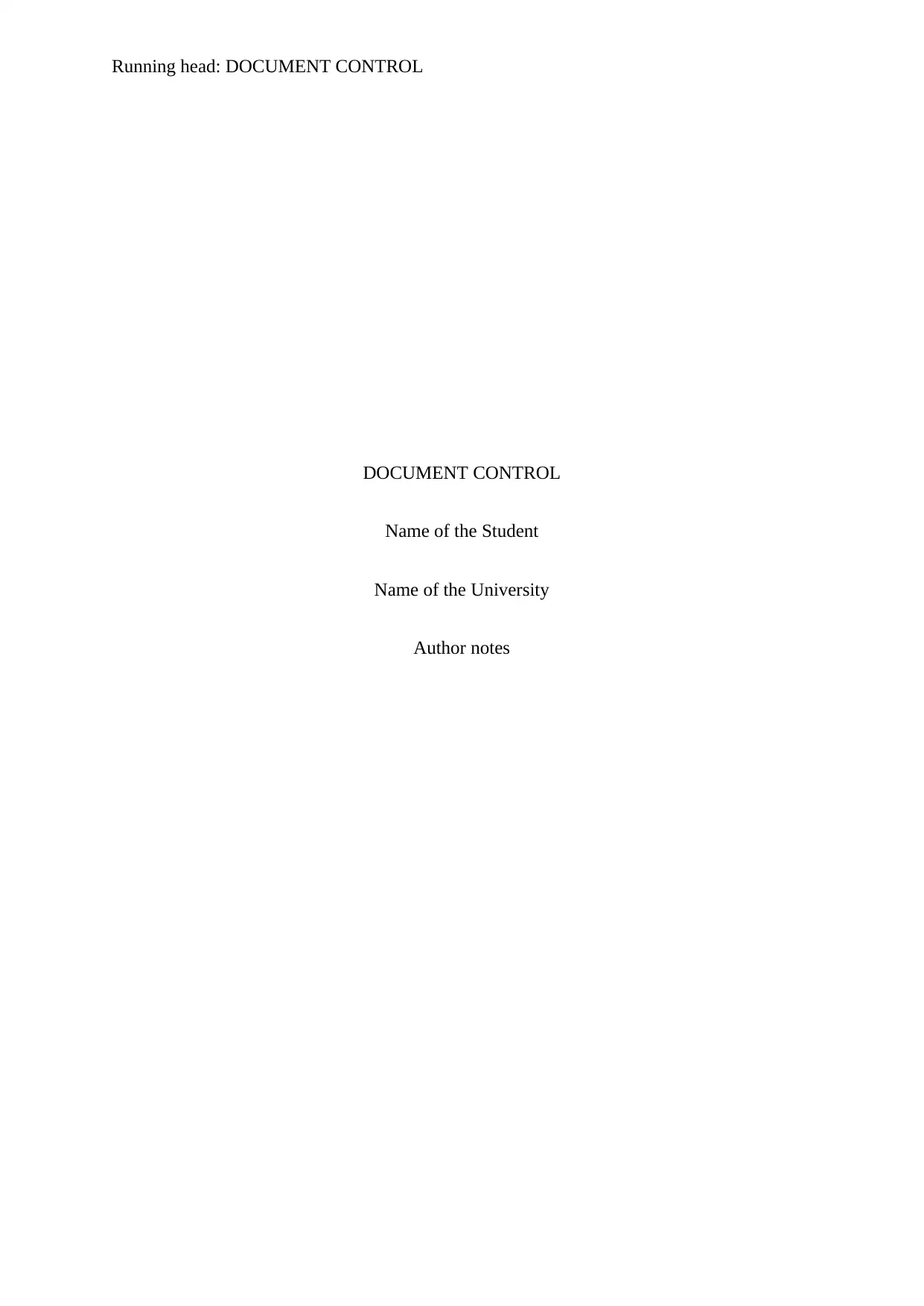
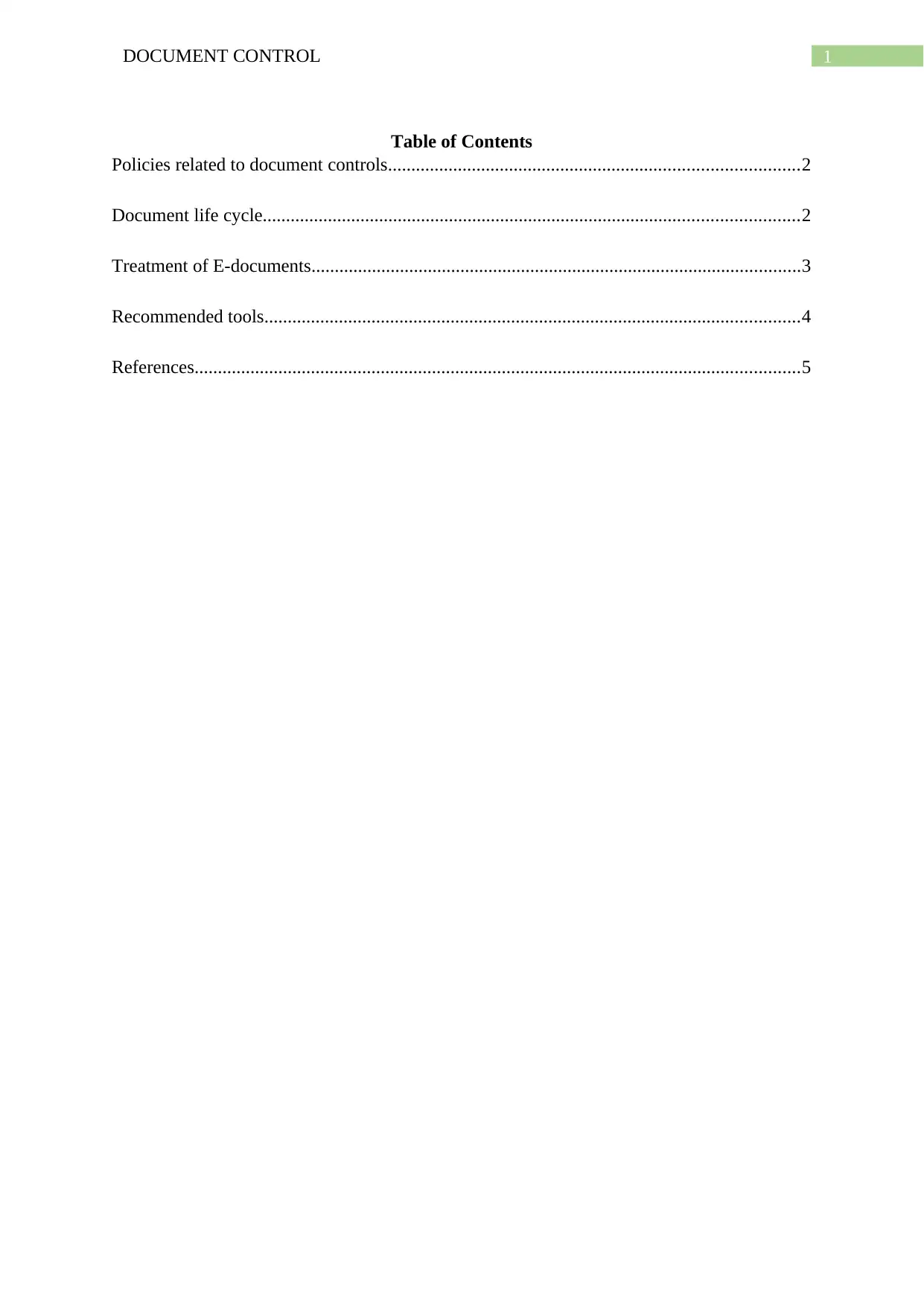
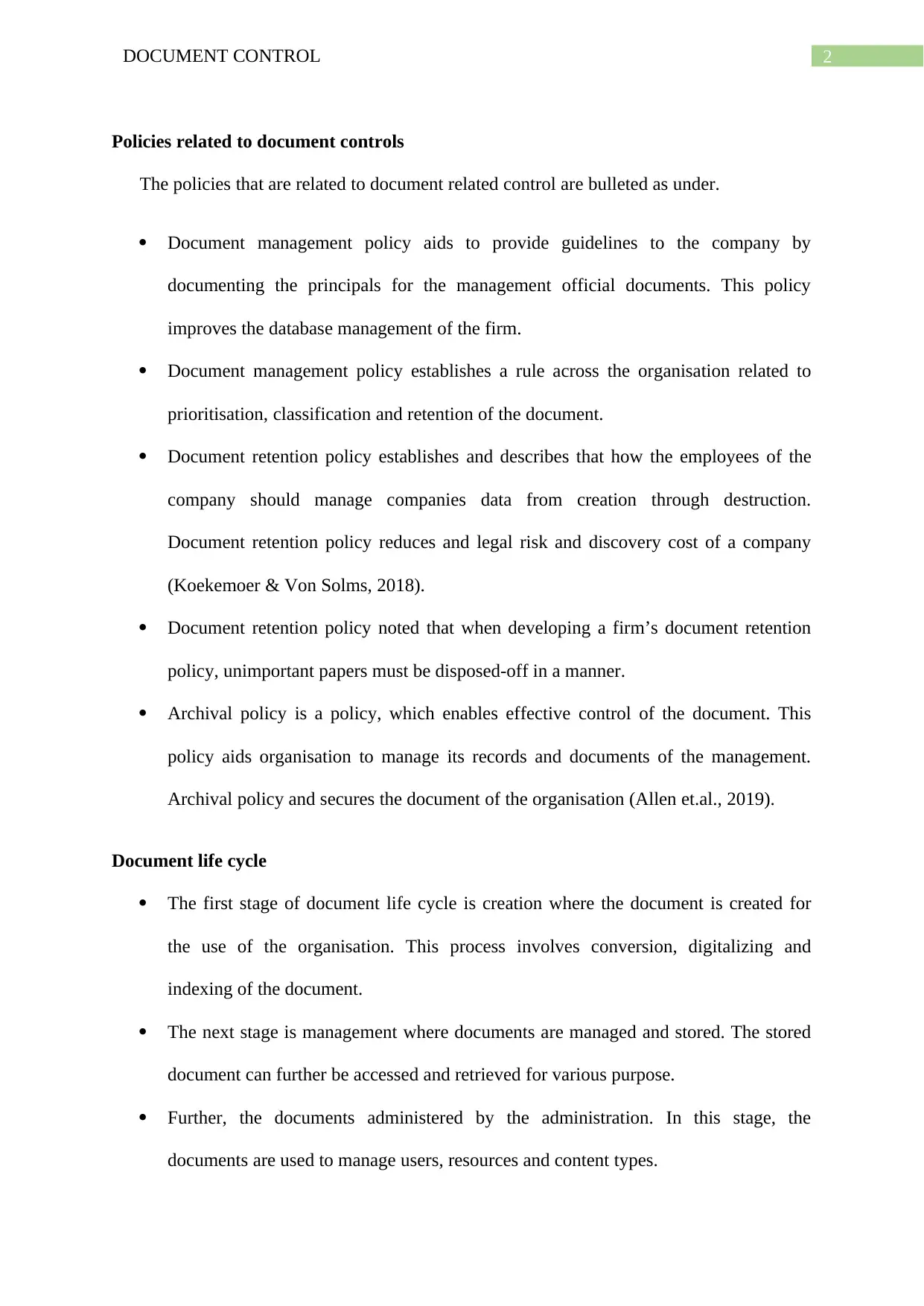

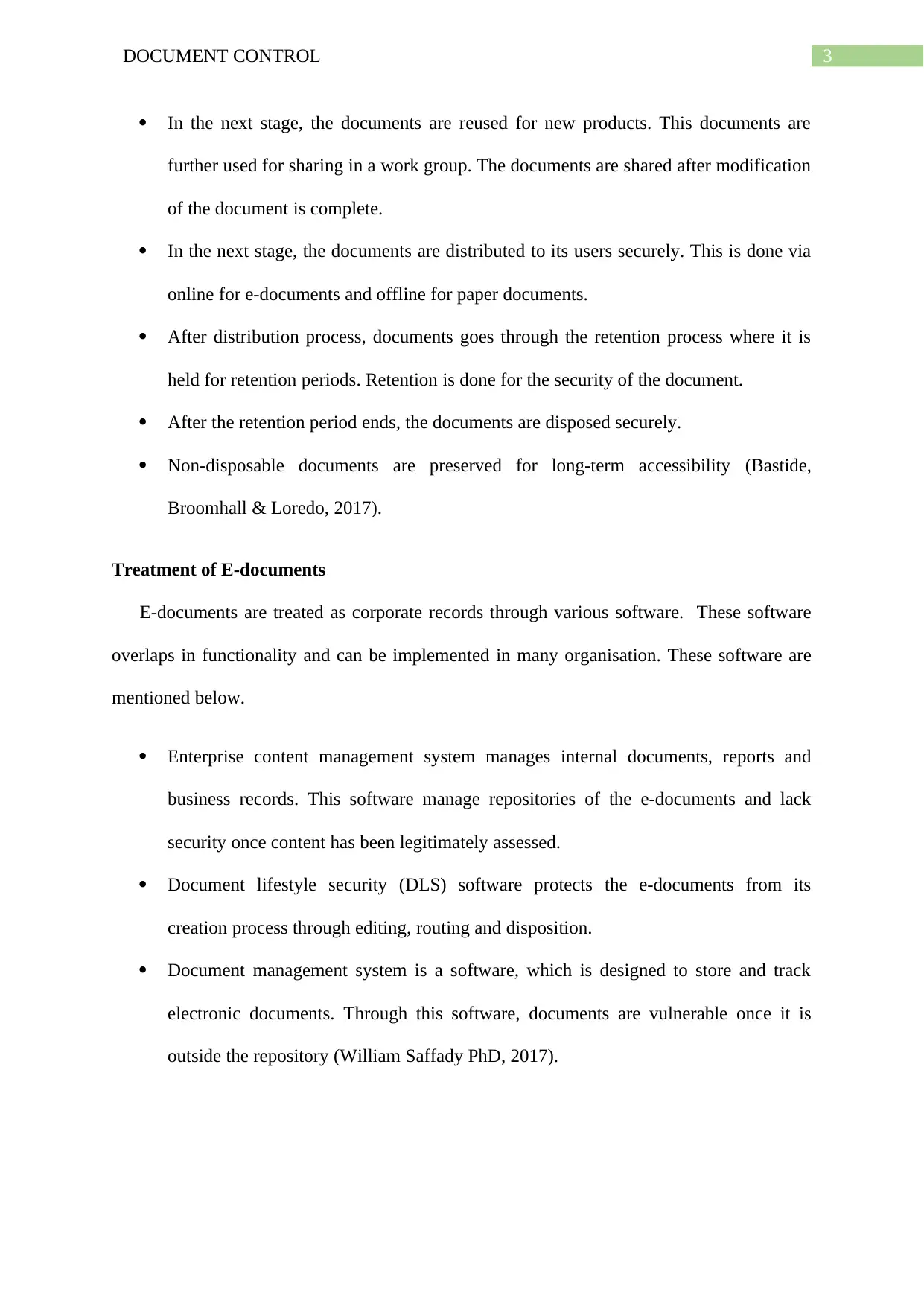
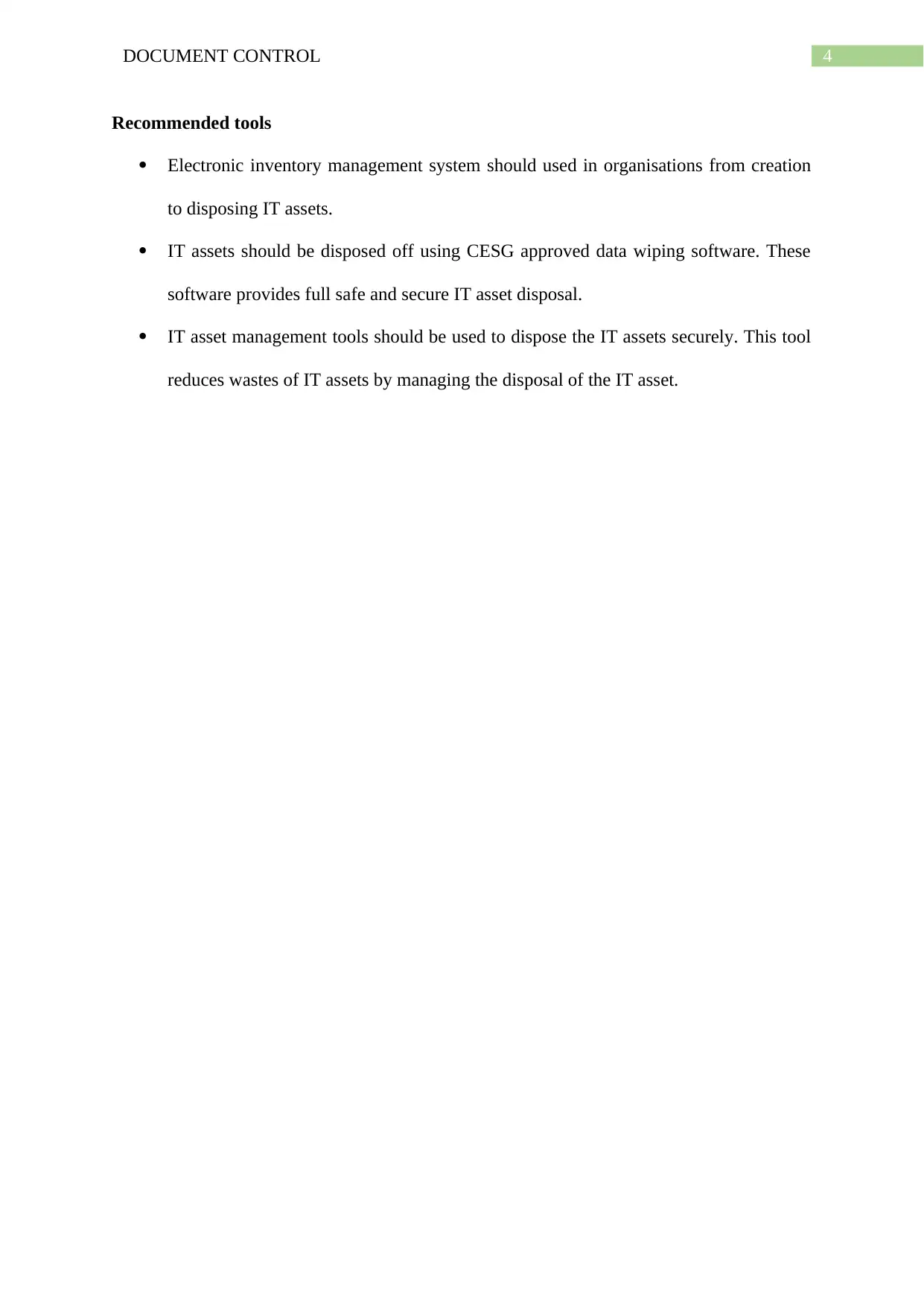
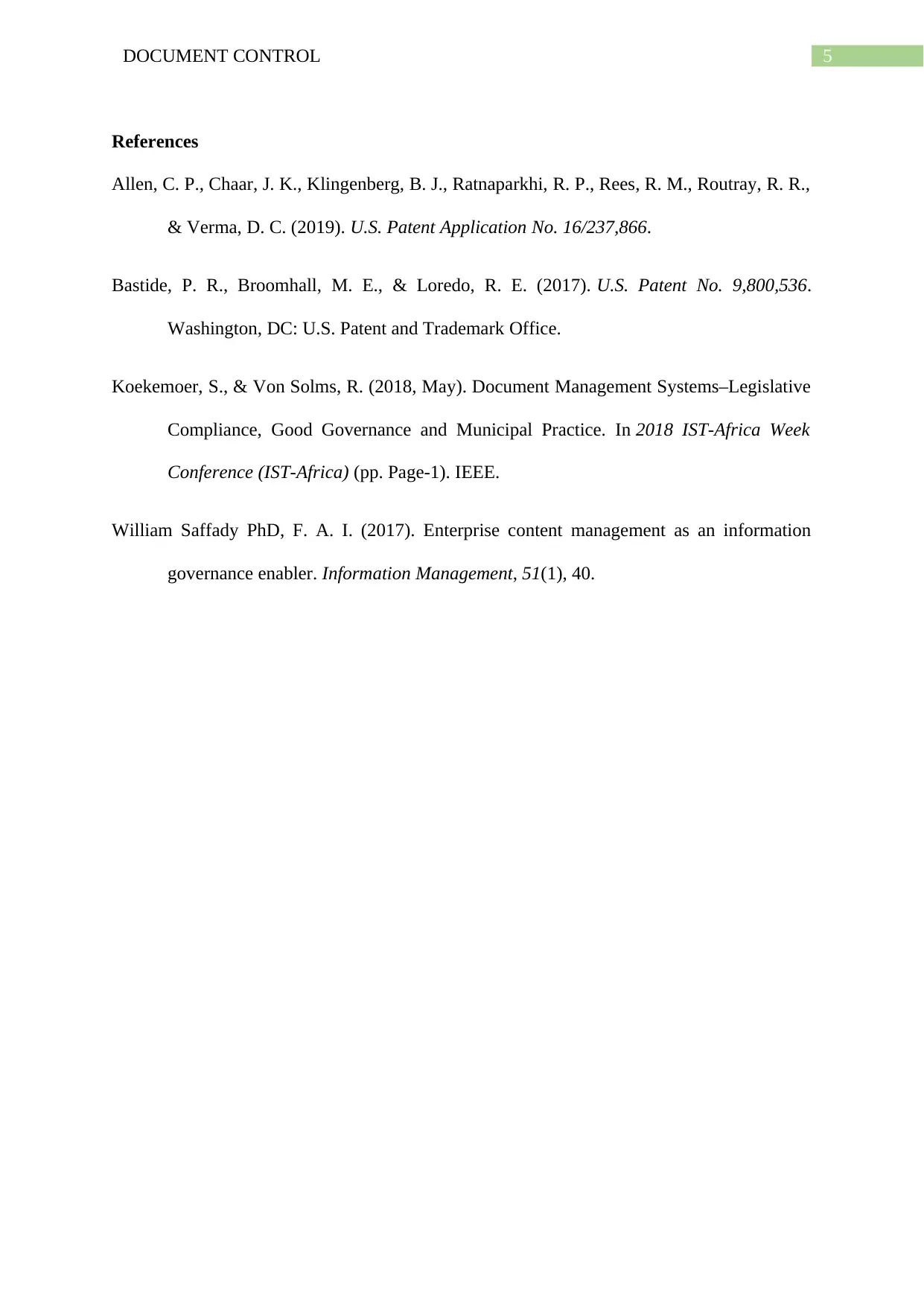





![[object Object]](/_next/static/media/star-bottom.7253800d.svg)